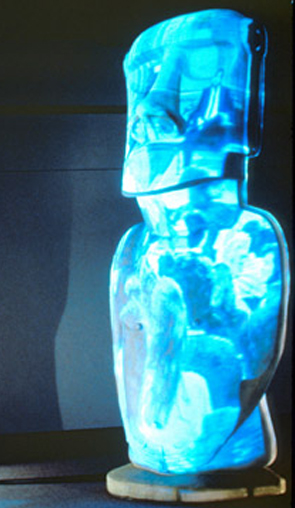THE WHITNEY Biennial is not just the world's largest regular exhibition of contemporary American art, but also one of the more conspicuous examples of American cultural jingoism. Unlike the Venice Biennale or the Sao Paolo Biennale, the Whitney Biennial is dedicated to the art of just one nation. No concessions to internationalism are made and the implication, in the past, has been that there was no need. American art was international art, and the Whitney Biennial existed to prove the fact. It was a celebration disguised as a survey.
The 1993 Whitney Biennial opened last week at its usual venue, the Whitney Museum of American Art on New York's upper east side. The opening was attended by the usual large crowd of dealers and critics and curators from all over the world, who had gathered in the hope of detecting something like a zeitgeist animating the work of the 80 or so artists filling the museum. But the usual talk about vital new tendencies, new trends and new departures lacked the usual conviction. These are depressing times for the New York art world, and a mood of virtually eschatological gloom about the future of American art seemed to hang over proceedings. The exhibition itself did little to lift anyone's spirits. In recent years, the Whitney Biennial has seemed less like a celebration than a hospital bulletin. And if this year is anything to go by, the patient is on the critical list.
Even that may be an optimistic diagnosis. This is the DOA Biennial. It is an exhibition devoted to art that careers between the twin poles of trivial novelty and theory-laden portentousness. But at least it is thorough. No expense has been spared in the attempt to bring contemporary American art of the utmost banality to the...

Still alive, but only just
09-03-1993

